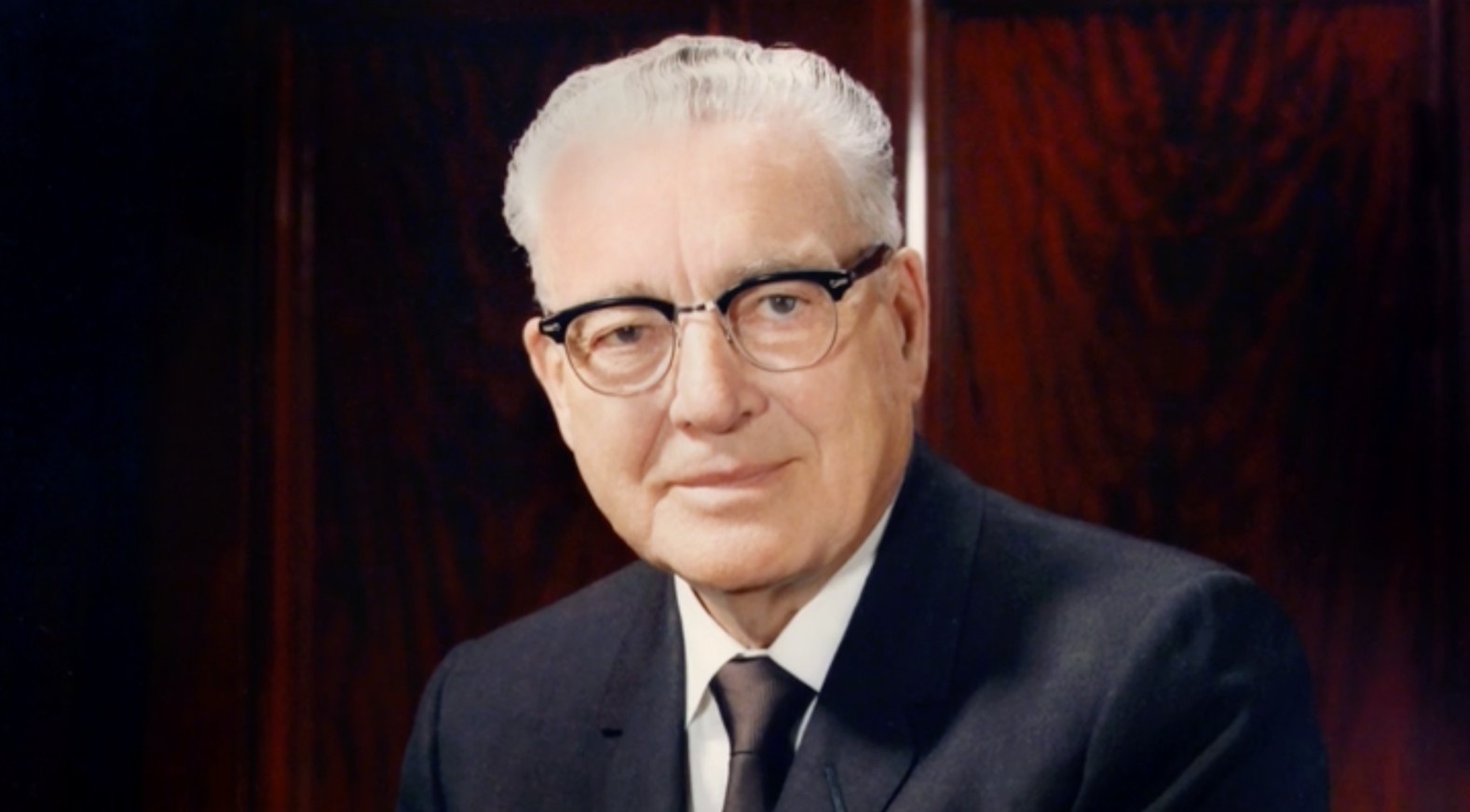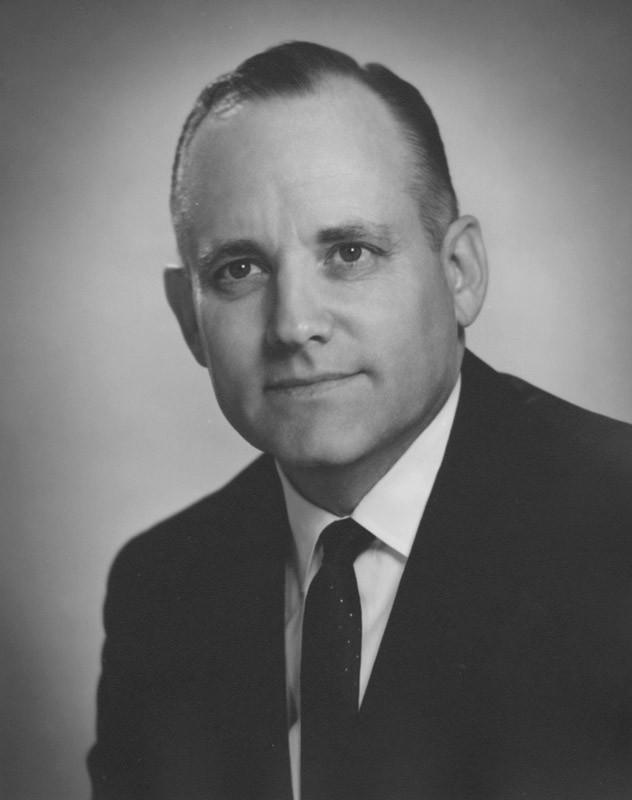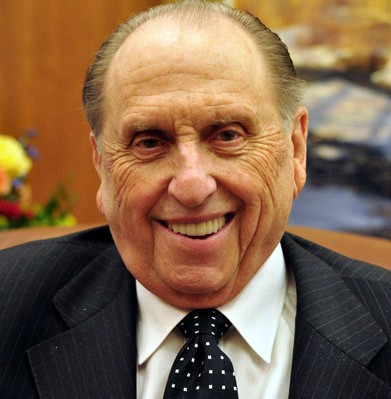Welcome to our comprehensive overview of the Presidents of The Church of Jesus Christ of Latter-day Saints. Since its founding in 1830, the Church has been led by a succession of inspired leaders who have guided its growth from a small group in New York to a global faith community. Each president has brought unique strengths, experiences, and revelations to their sacred calling, shaping the Church’s mission and helping it adapt to changing times while maintaining its core doctrines and practices. From Joseph Smith to Russell M. Nelson, these prophets, seers, and revelators have played pivotal roles in expanding the Church’s reach, deepening its spiritual foundations, and addressing the needs of an ever-growing and diverse membership. This page offers insights into the lives, contributions, and legacies of these remarkable individuals who have served as the Lord’s mouthpiece on earth.
Before exploring the detailed list below, we invite you to view the information in infographic format. We’ve created two versions for your convenience: a concise overview and an expanded, more detailed representation. These visual aids offer a quick yet comprehensive look at the succession of Church presidents, their tenures, and key achievements. Take a moment to review these infographics for a broader perspective on the Church’s leadership history before diving into the full textual information.
Joseph Smith
Tenure: 1832–1844
Born: December 23, 1805
Passed Away: June 27, 1844

Joseph Smith Jr., born in Sharon, Vermont, was the fifth of eleven children. He worked on his family’s farm in Vermont and later in western New York. In 1820, at the age of 14, Smith experienced a pivotal vision in Palmyra, New York, where he reported seeing God the Father and Jesus Christ. Through divine revelation, he translated and published the Book of Mormon, established The Church of Jesus Christ of Latter-day Saints on April 6, 1830, and received ongoing guidance for the Church. Under his leadership, Latter-day Saint communities were established in Ohio, Missouri, and Illinois. Tragically, Joseph Smith and his brother Hyrum were killed by a mob on June 27, 1844, in Carthage, Illinois, ending his 12-year tenure as the first president of the Church.
Brigham Young
Tenure: 1847–1877
Born: June 1, 1801
Passed Away: August 29, 1877

Brigham Young, born in Whitingham, Vermont, joined the Church in 1832 and was called to the Quorum of the Twelve Apostles just three years later. As Joseph Smith’s successor, he led the westward migration in 1846–47 to the Rocky Mountains and founded Salt Lake City. Young was sustained as the Church’s second president on December 27, 1847. During his 30-year presidency, he served as both Church president and territorial governor of Utah, establishing numerous Latter-day Saint settlements throughout the American West. Under his direction, construction began on temples in Salt Lake, St. George, and Logan, Utah. Young introduced the telegraph and railroad to Utah and encouraged cooperative industry among Church members. His legacy as a colonizer and leader shaped the early years of the Church in the western United States.
John Taylor
Tenure: 1880–1887
Born: November 1, 1808
Passed Away: July 25, 1887

John Taylor, born in Milnthorpe, England, immigrated to Toronto, Canada in 1832. Initially a cooper and part-time Methodist minister, he and his wife Leonora joined the Church in 1836. Taylor became an apostle in 1838 and developed close relationships with Joseph Smith and Brigham Young. He was with Joseph Smith in Carthage, Illinois, in June 1844 and was seriously wounded during the attack that resulted in Smith’s death. Taylor was sustained as the third president of the Church on October 10, 1880. During his presidency, he oversaw the establishment of Latter-day Saint colonies in Wyoming, Colorado, Arizona, Canada, and Mexico. He also implemented the worldwide adoption of the Primary program for children and added the Pearl of Great Price to the Church’s canon of scripture.
Wilford Woodruff
Tenure: 1889–1898
Born: March 1, 1807
Passed Away: September 2, 1898

Wilford Woodruff, born and raised in Connecticut, was a miller by trade before joining the Church in 1833. He served two missions before being ordained an apostle in 1839. As a member of the Quorum of the Twelve, he completed four additional missions, presided over the temple in St. George, Utah, and served six years as Church historian. Woodruff was sustained as the fourth Church president on April 7, 1889. His presidency saw the dedication of temples in Salt Lake City and Manti, Utah, the organization of a genealogical society, and renewed emphasis on historical record-keeping. In 1890, after much contemplation and prayer, President Woodruff received a revelation directing the cessation of plural marriage among Church members, a pivotal moment in Church history.
Lorenzo Snow
Tenure: 1898–1901
Born: April 3, 1814
Passed Away: October 10, 1901

Lorenzo Snow, born in Mantua, Ohio, was academically inclined from his youth. His studies of Hebrew and theology led to his conversion to the Church in 1836. After serving as a missionary and apostle, Snow became the fifth Church president on September 13, 1898. His presidency focused on helping the Church recover from the challenges of previous decades. He expanded missionary efforts and stabilized Church finances by emphasizing the importance of tithing. As the Church entered the 20th century under his leadership, Snow ushered in a new era of Latter-day Saint history, setting the stage for future growth and development.
Joseph F. Smith
Tenure: 1901–1918
Born: November 13, 1838
Passed Away: November 19, 1918

Joseph F. Smith, born in Far West, Missouri, was the son of Hyrum Smith and nephew of Joseph Smith. After his father’s martyrdom in 1844, young Joseph F. helped his mother, Mary Fielding Smith, migrate to Utah in 1848. He served in Utah’s territorial legislature and on numerous missions before becoming the sixth president of the Church on October 17, 1901. During his 17-year presidency, Smith focused on educating the public about the Church by developing historical sites in New York, Missouri, and Illinois, establishing a visitors’ bureau, and expanding the Church’s missionary and educational systems. His tenure saw the Church transition into the 20th century, bringing a renewed appreciation for early Church history among members.
Heber J. Grant
Tenure: 1918–1945
Born: November 22, 1856
Passed Away: May 14, 1945

Heber Jeddy Grant, born in Salt Lake City, was raised by his widowed mother, Rachel Grant. He began a successful business career at 15 and was called to the Quorum of the Twelve Apostles at 25. Grant became the seventh president of the Church on November 23, 1918. His 27-year presidency, the longest of the 20th century, saw the dedication of three new temples and the development of the Church welfare program. He helped guide the Church through the Great Depression and World War II. Grant’s business acumen enabled him to modernize Church organizations and procedures. His extensive speaking engagements and friendships with national business leaders brought the Church greater public attention.
George Albert Smith
Tenure: 1945–1951
Born: April 4, 1870
Passed Away: April 4, 1951

George Albert Smith, born in Salt Lake City, came from a family of Church leaders. He was called to the Quorum of the Twelve Apostles at 33 while working in the Federal Land Office for Utah. Despite health challenges, he had a distinguished career as a Church leader. Smith became the eighth president of the Church on May 21, 1945. His presidency was marked by the organization of massive humanitarian assistance to Europe following World War II. He also championed the Scouting program among Latter-day Saints. Smith’s tenure, though relatively short at six years, saw the Church continue its growth and expand its humanitarian efforts.
David O. McKay
Tenure: 1951–1970
Born: September 8, 1873
Passed Away: January 18, 1970

More details
David Oman McKay, the ninth president of The Church of Jesus Christ of Latter-day Saints (LDS Church).
David Oman McKay, born in Huntsville, Utah, had a background in education. He became an apostle at 32 and served as the ninth president of the Church from April 9, 1951. His 19-year presidency was characterized by significant global expansion. Under his leadership, the first stakes were created outside of North America. McKay emphasized the importance of family life and education, strengthening Church membership worldwide. His tenure saw rapid growth in Church membership and a renewed focus on the Church’s worldwide mission.
These presidents each brought unique strengths and perspectives to their leadership, guiding the Church through periods of growth, challenges, and global expansion. Their collective efforts helped shape the modern Church of Jesus Christ of Latter-day Saints.
Joseph Fielding Smith
Tenure: 1970–1972
Born: July 19, 1876
Passed Away: July 2, 1972

Joseph Fielding Smith, son of former president Joseph F. Smith, was born in Salt Lake City. He dedicated his entire life to Church service, serving as a missionary, Church historian, president of the Utah Genealogical Society, and president of the Salt Lake Temple before becoming an apostle. He became the tenth president of the Church on January 23, 1970, at the age of 93. Known as one of the Church’s most prolific writers, his numerous books and articles educated generations of Latter-day Saints about Church history and doctrine. During his brief presidency, missionary work continued to expand, the Ogden and Provo Temples were dedicated, and the Church magazines were consolidated.
Harold B. Lee
Tenure: 1972–1973
Born: March 28, 1899
Passed Away: December 26, 1973

Harold Bingham Lee, born in Clifton, Idaho, had a background in education, business, and government. As a stake president during the Great Depression, he initiated a program of self-sufficiency and relief that evolved into the Church’s welfare system. Called as an apostle in 1941, Lee continued to work with the welfare program and initiated organizational changes to improve coordination between Church headquarters and congregations worldwide. He became the eleventh president of the Church on July 7, 1972. Although his presidency lasted only 18 months, Lee traveled extensively and laid the groundwork for future Church growth.
Spencer W. Kimball
Tenure: 1973–1985
Born: March 28, 1895
Passed Away: November 5, 1985

Spencer Woolley Kimball, born in Salt Lake City but raised in Thatcher, Arizona, became the twelfth president of the Church on December 30, 1973, at the age of 78. His 12-year presidency was marked by energetic leadership and dramatic growth. Under his administration, the number of operating temples doubled, the missionary force increased by 50 percent, and in 1978, he received a revelation extending the priesthood to all worthy male members regardless of race. Kimball is often remembered for his emphasis on “lengthening our stride” in all aspects of Church work.
Ezra Taft Benson
Tenure: 1985–1994
Born: August 4, 1899
Passed Away: May 30, 1994

More details
Photo of Ezra Taft Benson, the thirteenth presidentof The Church of Jesus Christ of Latter-day Saints (LDS Church) and the was United StatesSecretary of Agriculturefor both terms of the presidencyof Dwight D. Eisenhower.
Ezra Taft Benson, born in Whitney, Idaho, served as U.S. Secretary of Agriculture under President Dwight D. Eisenhower while also serving as an apostle. He became the thirteenth president of the Church on November 10, 1985. Benson emphasized the importance of the Book of Mormon in daily scripture study, missionary work, and gospel teaching. During his presidency, the Church experienced significant growth, particularly in Eastern Europe following the fall of communism. Despite his declining health in later years, his administration saw continued temple construction and expansion of missionary work worldwide.
Howard W. Hunter
Tenure: 1994–1995
Born: November 14, 1907
Passed Away: March 3, 1995

Howard William Hunter, born in Boise, Idaho, had a background in law before his call as an apostle. He became the fourteenth president of the Church on June 5, 1994, at the age of 86. Although his presidency was the shortest in modern Church history, lasting only nine months, it was impactful. Hunter encouraged members to make temple worship a central part of their lives, setting the stage for accelerated temple construction in subsequent years. He also emphasized Christ-centered living and encouraged members to treat each other with greater kindness and respect.
Gordon B. Hinckley
Tenure: 1995–2008
Born: June 23, 1910
Passed Away: January 27, 2008

Gordon Bitner Hinckley, born in Salt Lake City, served as a counselor to three Church presidents before becoming the fifteenth president on March 12, 1995. His 13-year presidency was marked by significant growth and innovation. Hinckley oversaw the most intense temple-building program in Church history, established the Perpetual Education Fund, and greatly increased the Church’s media presence. He traveled extensively, meeting with members and world leaders alike. Hinckley’s warm personality and media savvy helped improve public understanding of the Church worldwide.
Thomas S. Monson
Tenure: 2008–2018
Born: August 21, 1927
Passed Away: January 2, 2018

Thomas Spencer Monson, born in Salt Lake City, became the sixteenth president of the Church on February 3, 2008. Known for his photographic memory and personal ministry to individuals, Monson had served as an apostle since age 36. His presidency saw continued global growth, emphasis on humanitarian aid, and a lowering of the minimum age for missionary service. He dedicated numerous temples and emphasized rescuing those who had strayed from the Church.
Russell M. Nelson
Tenure: 2018–present
Born: September 9, 1924

Russell Marion Nelson, a world-renowned heart surgeon before his call as an apostle, became the seventeenth and current president of the Church on January 14, 2018. His presidency has been marked by significant changes, including a shift away from the word “Mormon” to emphasize the full name of the Church, adjustments to the Sunday worship schedule, and a continued focus on temple building. Nelson has also led the Church through the challenges of the global COVID-19 pandemic, implementing temporary adjustments to Church operations while emphasizing home-centered gospel learning.
Each of these leaders has contributed uniquely to the growth and development of the Church, adapting to changing times while maintaining core doctrines and practices.




